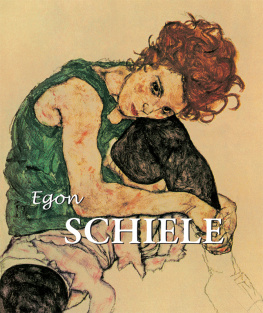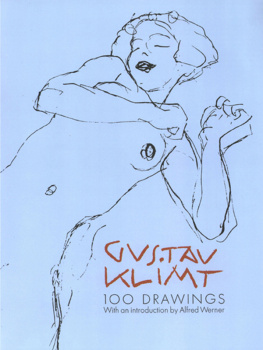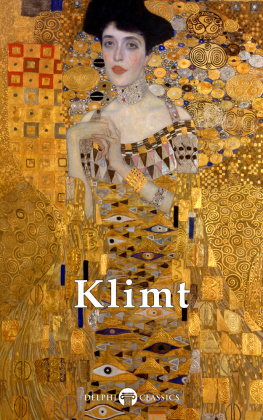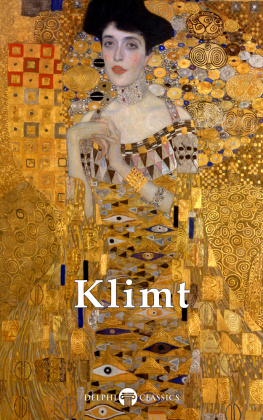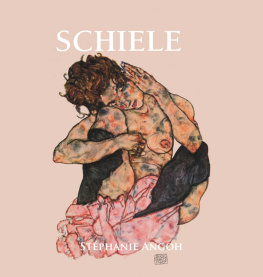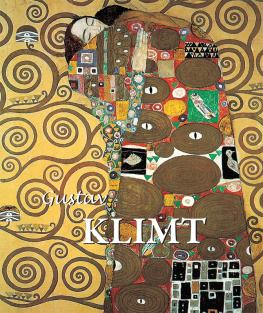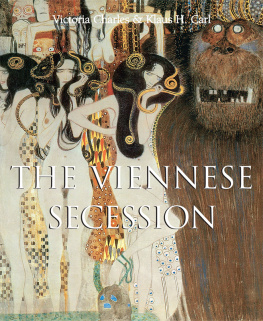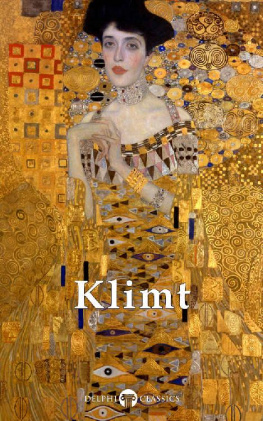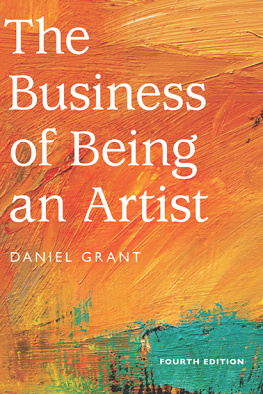Authors:
Esther Selsdon And Jeanette Zwingerberger
Layout:
Baseline Co. Ltd
61A-63A Vo Van Tan Street
4 th Floor
District 3, Ho Chi Minh City
Vietnam
Library of Congress Cataloging-in-Publication Data
Selsdon, Esther.
Egon Schiele / Esther Selsdon, Jeanette Zwingerberger. - 2nd ed. p. cm.
Includes index. 1. Schiele, Egon, 1890-1918. I. Schiele, Egon, 1890-1918. II. Zwingerberger, Jeanette. III. Title. N6811.5.S34S45 2011 759.36-dc23 2011023924
1. Schiele, Egon, 1890-1918. I. Schiele, Egon, 1890-1918. II. Zwingerberger, Jeanette. III. Title.
N6811.5.S34S45 2011
759.36-dc23
2011023924
Confidential Concepts, worldwide, USA
Parkstone Press International, New York, USA
All rights reserved.
No part of this publication may be reproduced or adapted without the permission of the copyright holder, throughout the world. Unless otherwise specified, copyright on the works reproduced lies with the respective photographers, artists, heirs or estates. Despite intensive research, it has not always been possible to establish copyright ownership. Where this is the case, we would appreciate notification.
ISBN: 978-1-78310-284-6
Esther Selsdon
Jeanette Zwingerberger
Egon Schiele

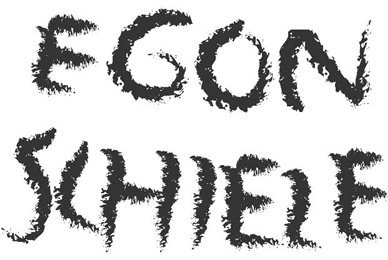
Contents
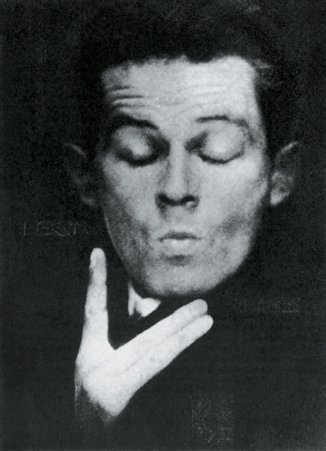
Egon Schiele, 1914.
Photo.
His life
In 1964, Oskar Kokoschka evaluated the first great Schiele Exhibition in London as pornographic. In the age of discovery of modern art and the loss of subject, Schiele responded that for him there existed no modernity, but only the eternal. Schieles world shrank into portraits of the body, locally and temporally non-committal. Self-discovery is expressed in an unrelenting revelation of himself as well as of his models. The German art encyclopaedia, compiled by Thieme and Becker, described Schiele as an eroticist because Schieles art is an erotic portrayal of the human body. Furthermore, Schiele studied both male and female bodies. His models express an incredible freedom with respect to their own sexuality, self-love, homosexuality or voyeurism, as well as skilfully seducing the viewer.
For Schiele, the clichd ideas of feminine beauty did not interest him. He knew that the urge to look is interconnected with the mechanisms of disgust and allure. The body contains the power of sex and death within itself. A photograph of Schiele on his deathbed depicts the twenty-eight-year-old looking asleep, his gaunt body completely emaciated, his head resting on his bent arm; the similarity to his drawings is astounding. Because of the danger of infection, his last visitors were able to communicate with the Spanish flu-infected Schiele only by way of a mirror, which was set up on the threshold between his room and the parlour.
During the same year, 1918, Schiele had designed a mausoleum for himself and his wife. Did he know, he who had so often distinguished himself as a person of foresight, of his nearing death? Did his individual fate fuse collectively with the fall of the old system, that of the Habsburg Empire? Schieles productive life scarcely extended beyond ten years, yet during this time he produced 334 oil paintings and 2,503 drawings. He painted portraits and still lifes of land and townscapes; however, he became famous for his draftsmanship. While Sigmund Freud exposed the repressed pleasure principles of upper-class Viennese society, which put its women into corsets and bulging gowns and granted them solely a role as future mothers, Schiele bares his models. His nude studies penetrate brutally into the privacy of his models and finally confront the viewer with his or her own sexuality.
Schieles Childhood
In modern industrial times, with the noise of racing steam engines and factories and the human masses working in them, Egon Schiele was born in the railway station hall of Tulln, a small, lower Austrian town on the Danube on 12 June 1890. After his older sisters Melanie (1886-1974) and Elvira (1883-1893), he was the third child of the railway director Adolf Eugen (1850-1905) and his wife Marie (born Soukoup) (1862-1935). The shadows of three male stillbirths were a precursor for the only boy, who in his third year of life would lose his ten-year-old sister Elvira. The high infant mortality rate was the lot of former times, a fate that Schieles later work and his pictures of women would characterise. In 1900, he attended the grammar school in Krems. But he was a poor pupil who constantly took refuge in his drawings, which his enraged father burned.
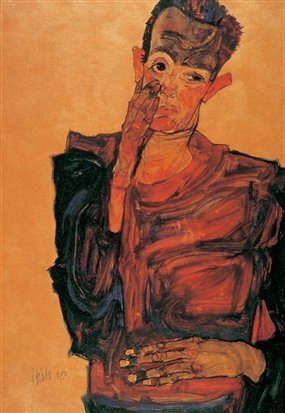
Self-Portrait with Hand to Cheek , 1910.
Gouache, watercolour and charcoal,
44.3 x 30.5 cm .
Graphische Sammlung Albertina, Vienna.
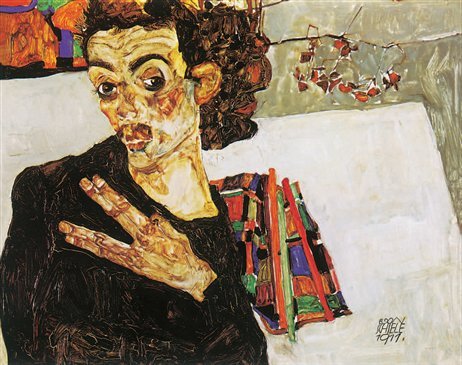
Self-Portrait with Black Clay Vas
and Spread Fingers , 1911.
Oil on canvas, 27.5 x cm .
Historisches Museum der Stadt Wien,
Vienna.
In 1902, Schieles father sent his son to the regional grammar and upper secondary school in Klosterneuburg. The young Schiele had a difficult childhood marked by his fathers ill health. He suffered from syphilis, which, according to family chronicles, he is said to have contracted while on his honeymoon as a result of a visit to a bordello in Triest. His wife fled from the bedroom during the wedding night and the marriage was only consummated on the fourth day, on which he infected her also. Despair characterised Schieles father, who retired early and sat at home dressed in his service uniform in a state of mental confusion. In the summer of 1904, stricken by increasing paralysis, he tried to throw himself out of a window. He finally died after a long period of suffering on New Years Day 1905. The father, who during a fit of insanity burned all his railroad stocks, left his wife and children destitute. An uncle, Leopold Czihaczec, chief inspector of the imperial and royal railway, assumed joint custody of the fifteen-year-old Egon, for whom he planned the traditional family role of railroad worker. During this time, young Schiele wore second-hand clothing handed down from his uncle and stiff white collars made from paper. It seems that Schiele had been very close to his father for he, too, had possessed a certain talent for drawing, had collected butterflies and minerals and was drawn to the natural world.
Years later, Schiele wrote to his sister: I have, in fact, experienced a beautiful spiritual occurrence today, I was awake, yet spellbound by a ghost who presented himself to me in a dream before waking, so long as he spoke with me, I was rigid and speechless. Unable to accept the death of his father, Schiele let him rise again in visions. He reported that his father had been with him and spoken to him at length. In contrast, distance and misunderstanding characterised his relationship with his mother who, living in dire financial straits, expected her son to support her; instead, the older sister would work for the railroad.
However, Schiele, who had been pampered by women in his childhood, claimed to be an eternal child. By a stroke of fate, the painter Karl Ludwig Strauch (1875-1959) instructed the gifted youth in draftsmanship; the artist Max Kahrer of Klosterneuburg looked after the boy as well. In 1906, at the age of only sixteen, Schiele passed the entrance examination for the general art class at the Academy of Visual Arts in Vienna on his first attempt. Even the strict uncle, in whose household Schiele now took his midday meals, sent a telegram to Schieles mother: Passed.

